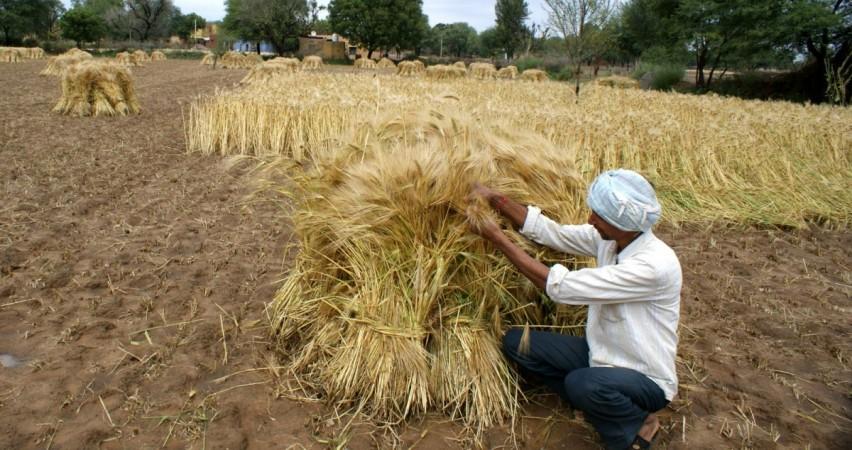
India is expected to see below normal monsoon this year too, as there is a high probability of El Nino impacting the seasonal rains, bringing in more distress to the farmers who are already devastated by unseasonal rains and last year's poor rainfall.
According to the India Meteorological Department (IMD) forecast, the monsoon rainfall this year would be 93 percent of the long-period average. IMD defines the rainfall as below normal when it is in the range of 90-96%.
IMD's first stage forecast says that there is 35% probability of monsoon falling below normal, while there is 35% possibility of deficient rainfall. However, there is one percent chance of excess rainfall.
The MET department cites El Nino conditions as the main reason behind below normal rainfall this year.
"The main factor behind the prediction of below-par rains is the high chance that El Nino, which has already developed, would continue through the Indian summer," D Sivananda Pai, IMD's lead monsoon forecaster, told The Times of India.
IMD made a similar forecast last year predicting a below normal monsoon as it saw growing chances of El Nino. However, the country actually witnessed only 88% rains in the July-September period, marking the 2014 monsoon as deficient.
The El Nino effects could lead to below normal rains, bringing down the agricultural output and raising food inflation. The condition is often a cause of sub-par rainfall during the monsoon season (June-September). Data shows 10 out of 13 droughts that occurred since 1950 have had an El Nino connection.
The second consecutive year of weak monsoon will adversely affect the agricultural activity in the nation resulting in rise the food inflation. Food prices are already prassurised by unseasonal rains, which caused severe damage to crop production.
The CPI inflation has risen to 5.17% in March from 3.3% in November on the back of increase in food prices.
IMD's forecast is in contrast to Skymet's, a private weather forecaster which predicts 102% rains during the monsoon season falling in the normal range of 96%-104%.
Further, if IMD prediction comes true, the country's economic growth would take a hit as deficient rains reduce rural demand.
"A monsoon failure will have two consequences. First, the farmers will be pushed to the brink having already faced major crop failures due to unseasonal rains. The government will be forced to intervene with relief measures and this will put a burden on the fiscal. Second, the GDP growth itself will be impacted with a higher share of Gross Value Add for Agriculture and Allied activities in the new series of GDP. There will be muted rural demand and a slowdown of economy. This will have negative consequences on revenues of the government making the task of meeting fiscal targets stiffer," Ranen Banerjee, partner – government reforms & infrastructure development, PricewaterhouseCooper (PwC) India, told DNA.

















